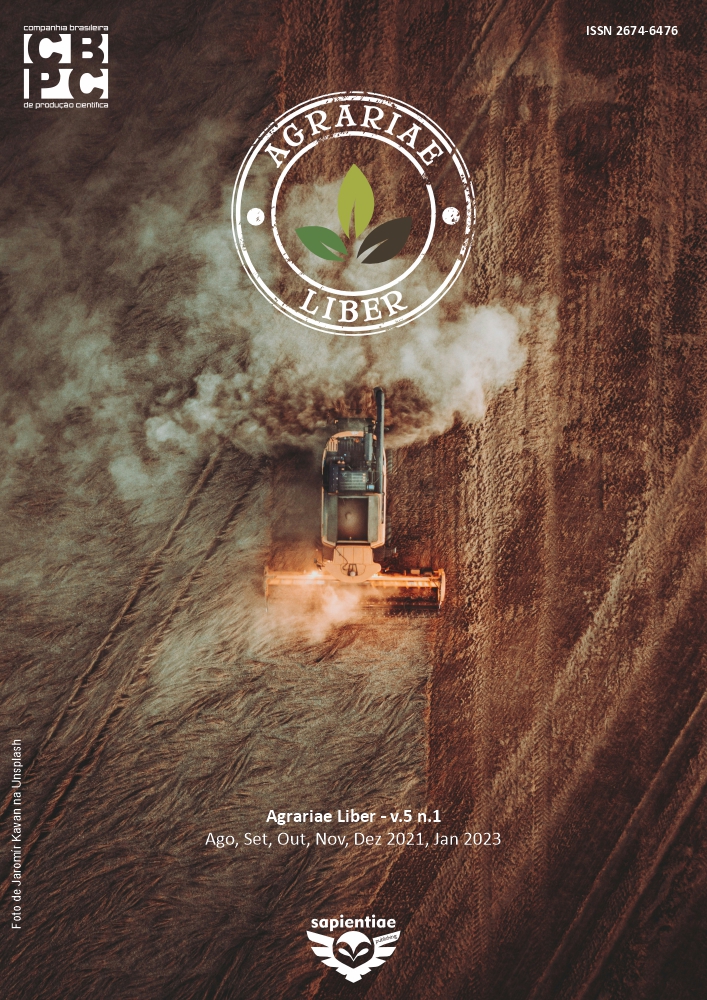Tinkercad as a digital enhancing tool for learning about the phases of water treatment
DOI:
https://doi.org/10.6008/CBPC2237-9290.2021.003.0011Keywords:
Water treatment, Digital tools, Tinkercad, Science teachingAbstract
The study of water, as well as its phases, cycle and treatment, is of paramount importance for the education of students in science education. Given this, the present work arose from the need to assemble a model, to facilitate the understanding of students about water treatment and its phases in an E.T.A (Water Treatment Plant). Due to the moment of pandemic experienced, also in Brazil, resulting from the Covid-19 virus, the project was elaborated and applied in a virtual way with students of 03 classes of the 6th year of elementary school. In this, the theme about water was developed in 6 consecutive classes, within the curricular component of science, following the steps: i) Discussion of water scarcity in the world; ii) production of a drawing in the shape of a hand, on how to save water; iii) video to differentiate the Water and Treatment Plant (ETA) and Sewage Treatment Plant (ETE), iv) guidelines for individual work and use of Tinkercad Software, v) production of virtual models; vi) presentation of the work performed. Through the activities carried out, the students used for the first time the Tinkercad technological tool, commonly used by designers and/or architects, to represent the treatment phases of an ETA (Water Treatment Plant) and obtained very satisfactory results, facilitating the learning about the water theme in science teaching.
Downloads
Downloads
Published
Issue
Section
License
Copyright (c) 2021 Natural Resources

This work is licensed under a Creative Commons Attribution-NonCommercial-NoDerivatives 4.0 International License.
The CBPC - Companhia Brasileira de Produção Científica (Brazil CNPJ: 11.221.422/0001-03) the material rights of the published works. The rights relate to the publication of the work anywhere in the world, including rights to renewals, expansions and dissemination of the contribution, as well as other subsidiary rights. All electronically published works may subsequently be published in printed collections under the coordination of this company and / or its partners. The authors preserve the copyright, but are not allowed to publish the contribution in another medium, printed or digital, in Portuguese or in translation.








